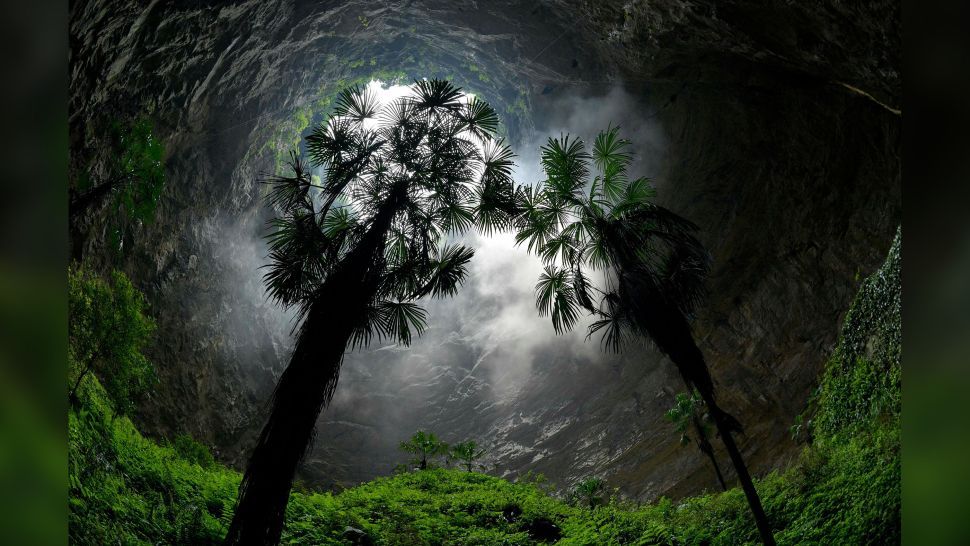
Very recently, on May 6, a team of Chinese scientists rappelled into a giant sinkhole hiding a forest at the bottom. According to the Xinhua news agency, the sinkhole is about 192 meters deep (630 feet). The team of speleologists and spelunkers found that there are three entrances to the sinkhole and ancient trees standing 40 meters tall (131 feet).
This sinkhole was discovered in Guangxi Zhuang Autonomous Region, situated near Ping’e village of Leye county and about 30 sinkholes have been discovered in the area so far. George Veni, the executive director of the National Cave and Karst Research Institute (NCKRI) in the U.S, explained to Live Science:
“Because of local differences in geology, climate and other factors, the way karst appears at the surface can be dramatically different. So in China you have this incredibly visually spectacular karst with enormous sinkholes and giant cave entrances and so forth. In other parts of the world you walk out on the karst and you really don't notice anything. Sinkholes might be quite subdued, only a meter or two in diameter. Cave entrances might be very small, so you have to squeeze your way into them.”
Chen Lixin, who led the cave expedition team, explained to Xinhua that the dense undergrowth of the floor of the sinkhole reached as high as a person's shoulder. According to Veni, karst caves and sinkholes alike can provide oases for life. Besides finding an ancient forest, new species not known before could be hiding at the bottom of the sinkhole.
"I wouldn't be surprised to know that there are species found in these caves that have never been reported or described by science until now," Lixin said.
Photo: Song Wen/Xinhua/Alamy Live News via Live Science




